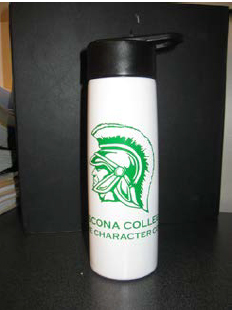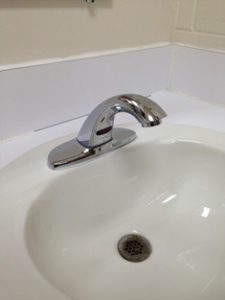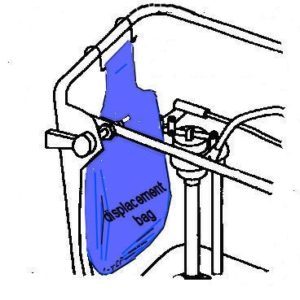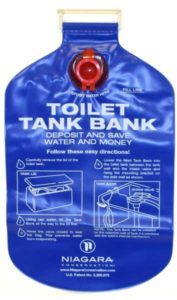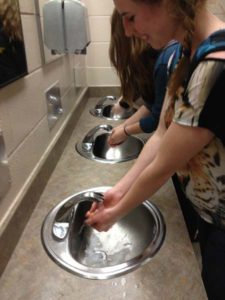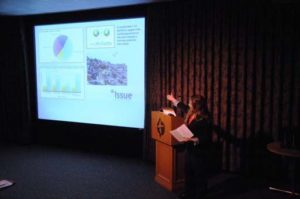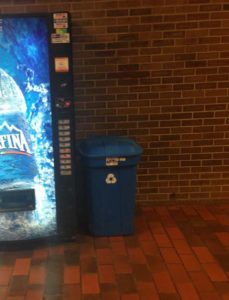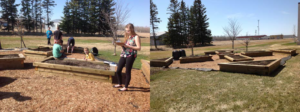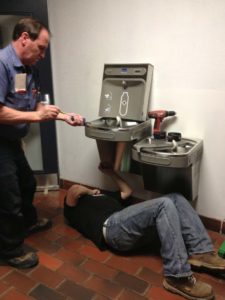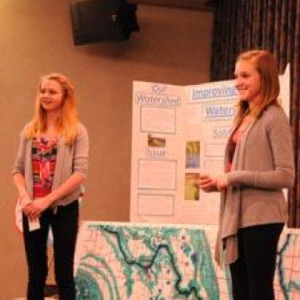2013 Virden, Manitoba, Canada
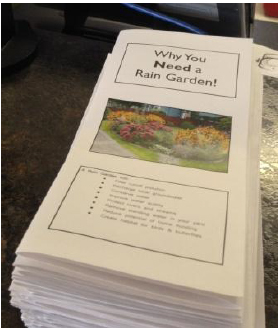
Emma Jankovics lives in the Upper Assiniboine River Conservation District which is 4208 square miles and has a population of about 6500 people. The district is located in prairie area where the main sources of water are from rivers, lakes and rain water.
As her contribution to our water system “which sustains all living things,” she proposed a way to better sustain it.
“Water is being filled with the runoff from rain water, which along its path collects various pollutants. All of these pollutants end up in the water we swim in, and shower with, and drink. Which means extra work needs to be done to make the water safe and clean. The runoff also causes erosion which can lead to more major flooding. My idea is a small step in the right direction that can help the environment and the local people.
I want to improve the watershed I live in by producing informational brochures educating the community on the benefits of a rain garden to the watershed, and to their homes.”

